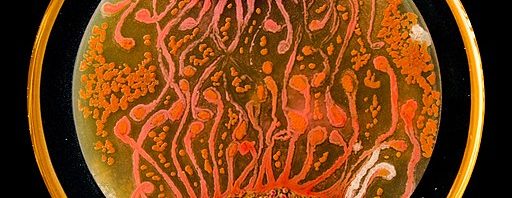After WW2, the world was paralyzed with the consequences of being exposed to cruelty in a large extent. Soon after, due to the practices of Nazi scientists, medical doctors and Atomic Bomb experimenters in the US, the perception of science has been altered abruptly in a way that scientific activities can trigger the monstrous aspects of human nature, almost in a sense of the Frankestein’s creator. Interestingly, the dimensions of science policies, how science is identified by experts and public, and the reactions of the state towards scientists have been deformed/evolved during the war times. To that end, three different regimes are recognized in 20th century America: WW1-1940, 1940-1980, 1980-today (Mirowski, 2004, p. 290).
Continue reading “The three different regimes of science policy and funding in 20th century America”






 Professor
Professor 

Recent Comments